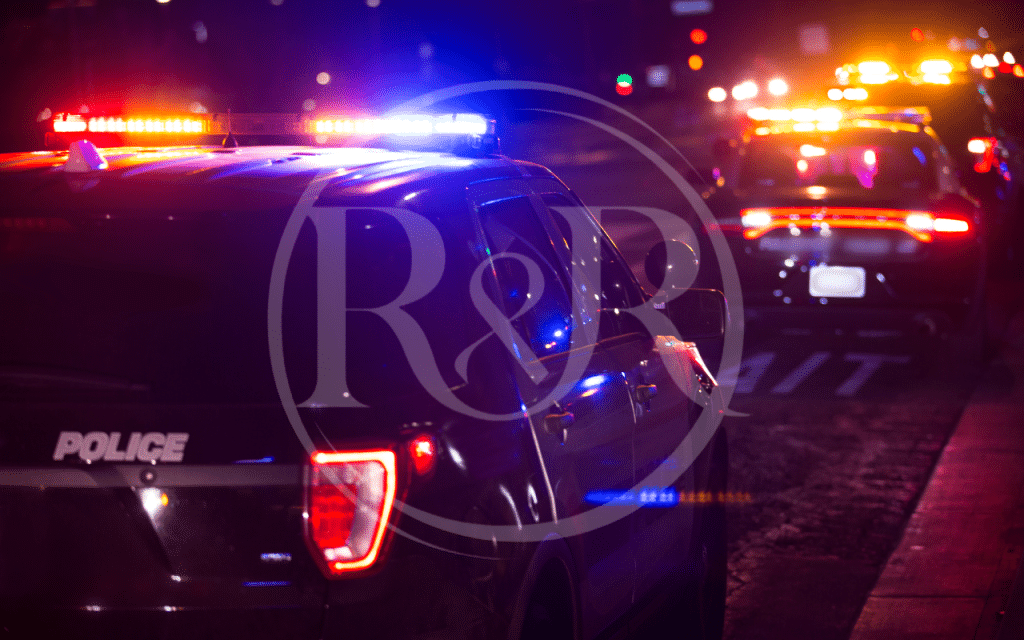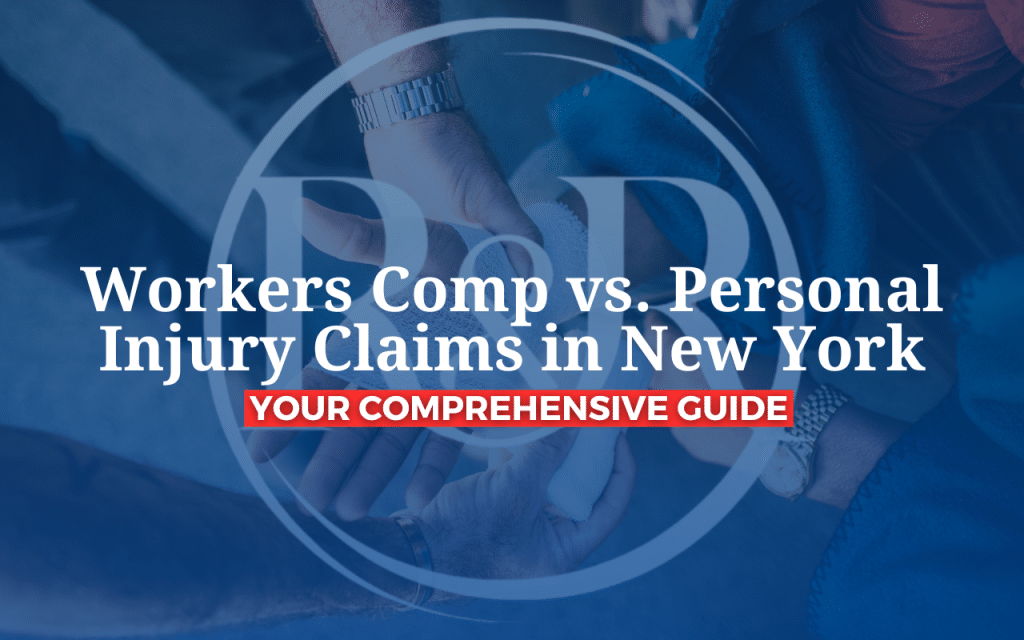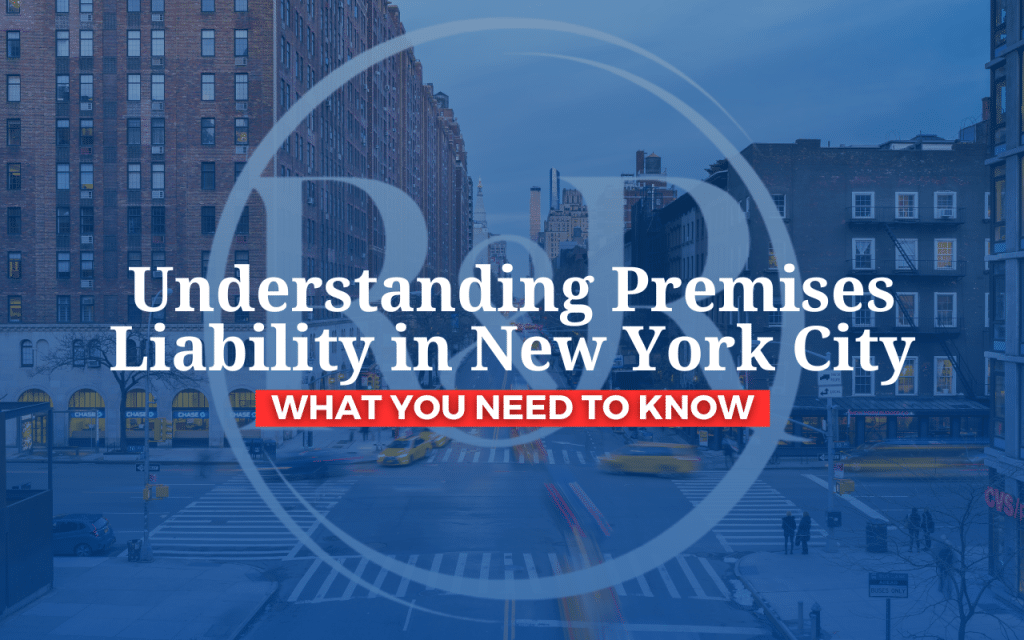Most car accidents lead to injuries, which can range from minor to catastrophic. Fortunately, some individuals emerge from these crashes unscathed. In New York, to seek compensation for a car accident, you must demonstrate that you have incurred “damages.” The law mandates that you first file a no-fault insurance claim with your own provider to address these damages. Since New York operates under a no-fault insurance system, there are specific restrictions that dictate when an accident victim may pursue legal action for their injuries.
New York’s No-Fault Insurance for Car Accidents
In New York, all drivers are required to obtain minimum insurance coverage to protect themselves in the event of a car accident. This includes both no-fault and liability insurance. The minimum requirements for drivers are as follows:
- No-Fault or Personal Injury Protection (PIP) coverage of at least $50,000.
- Liability insurance for bodily injuries and death, with coverage of $25,000 for bodily injuries that do not result in death and $50,000 for injuries that do. These amounts double if multiple people are injured or killed.
- Uninsured motorist coverage, which mirrors the minimum limits of liability insurance.
If you are injured in a car accident, your first step should be to file a claim with your insurance provider under your PIP coverage. No-fault insurance ensures you receive benefits regardless of who was at fault in the accident.
With a basic no-fault automobile insurance policy, you are entitled to compensation for reasonable and necessary medical expenses. Additionally, you may receive up to 80 percent of your lost wages if you can’t work due to your injuries. Note that there are some restrictions on medical expenses and lost income benefits.
Moreover, you may claim up to $25 per day for a year to cover other expenses, such as transportation to medical appointments or assistance with household chores.
Limitations of No-Fault Insurance
While New York’s no-fault insurance system provides essential coverage for accident victims, it also comes with certain limitations. Notably, the no-fault insurance law restricts the ability to pursue a lawsuit for pain and suffering damages unless specific criteria are met. To file a lawsuit, an injured party must demonstrate that their injuries meet the threshold for “serious injury,” as defined by New York law. This can include injuries that result in significant disfigurement, bone fractures, loss of a fetus, or a permanent limitation of the use of a body organ or member.
Furthermore, the no-fault system may not cover all out-of-pocket expenses or non-economic damages, such as emotional distress or loss of enjoyment of life. Consequently, it is critical for accident victims to fully understand their rights and the limitations of their no-fault insurance coverage. Consulting with an experienced personal injury attorney can help victims navigate these complexities and evaluate whether pursuing a claim beyond no-fault benefits is appropriate for their situation.
When Can I Sue the Other Driver After a Car Accident?
According to New York’s insurance laws, you cannot pursue legal action following a car accident unless you have sustained what is classified as a “serious injury.” Under §5102(d) of the New York Insurance Code, a serious injury is defined as a personal injury that results in:
- Death
- Loss of an unborn child
- Dismemberment
- Permanent loss of use of a body part, organ, function, or system
- Significant disfigurement
- A permanent, substantial limitation on the use of a body system or function
- A fracture
- A significant limitation on the use of a body system or function
Additionally, any medically determined impairment or injury that significantly hinders an individual from performing most of their daily activities may also qualify as a serious injury. This impairment does not need to be permanent, but it must impede daily activities for at least 90 of the 180 days following the car accident.
If your injuries meet or exceed this definition, the law permits you to file a lawsuit against the party responsible for the accident. The primary aim of such a lawsuit is to seek compensation for the damages incurred as a result of the collision.
Compensation for a Personal Injury Claim Following a Car Accident
The types of damages you may recover from a car accident claim depend on the specifics of the case. Generally, accident victims are entitled to compensation for both economic and non-economic damages.
Examples of damages that may be included in a car accident lawsuit are:
- Medical expenses and bills related to treating accident injuries
- Loss of income and benefits, including reduced future earning capacity
- Pain and suffering, which encompasses scarring, physical pain, disfigurement, emotional distress, and mental anguish
- Disabilities and permanent impairments
- Loss of enjoyment of life and diminished quality of life
Additional damages may be considered in a personal injury claim based on the case’s facts. Most personal injury claims are settled without the need for a lawsuit, as the liability insurance company of the at-fault driver typically negotiates a settlement with the victim.
However, a lawsuit may be necessary in certain situations. For instance, car accident lawsuits can arise when an insurance company refuses to offer a fair settlement or when the other party denies responsibility for the collision. Additionally, lawsuits are often filed when damages exceed the limits of the insurance policy, allowing you to seek a personal judgment against the responsible driver.
A car accident lawyer can evaluate your case and guide you on the best course of action to secure compensation for your damages.
Steps to Take After a Car Accident
Following a car accident, it is crucial to take specific steps to ensure your safety and protect your legal rights. First, check for injuries to yourself and others involved in the accident; if anyone is injured, call emergency services immediately. Secondly, move to a safe location, if possible, and avoid leaving the scene of the accident.
Next, exchange information with the other driver(s), including names, contact details, insurance information, and vehicle registration numbers. Document the scene by taking photographs of the vehicles, any visible injuries, and road conditions, as this evidence can be invaluable in your case.
Once you’ve documented the accident, it’s essential to notify your insurance company as soon as possible, providing them with all necessary details. Seeking medical attention, even if you feel fine initially, is also advisable, as some injuries may not present symptoms immediately. Lastly, consult with a qualified car accident lawyer who can assist you in navigating the complexities of your claim and ensure you receive fair compensation for your injuries and damages.
Contact Our Skilled NYC Car Accident Lawyers Now
If you need legal assistance, contact the New York City car accident lawyers at Rosenberg & Rodriguez at your nearest location to schedule a free consultation. We represent clients throughout the five boroughs of New York City and Long Island.
Our lawyers understand that car accidents can result in significant financial losses, physical injuries, and emotional distress. Our goal is to help you recover the compensation you deserve for your damages while holding the at-fault driver accountable for their actions.
We handle all aspects of a car accident claim, from investigating the crash and gathering evidence to negotiating with insurance companies and litigating in court. With our experience and resources, we can build a strong case on your behalf and fight for your rights.




